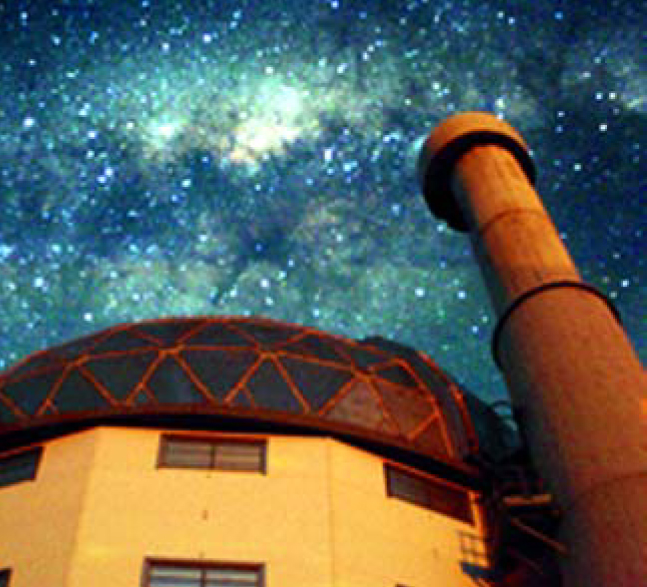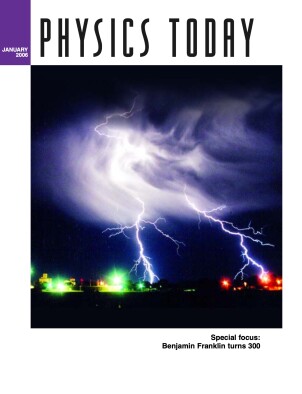SALT inauguration
DOI: 10.1063/1.2180173
“We are feeling elated to be where we are today,” says David Buckley, project scientist for the Southern African Large Telescope. “We built this telescope on schedule and on budget and we are starting to get science out of it.” On 10 November 2005, South Africa’s president, Thabo Mbeki, officially inaugurated the $19 million telescope, which is sited near Sutherland, about 260 km northeast of Cape Town (see Physics Today, November 1999, page 61
With an effective aperture of about 9 meters, SALT is the largest single telescope in the Southern Hemisphere. So far, it has two instruments, an optical imager that extends down to 320 nm in the UV and records images at 12.5 Hz, and a spectrograph capable of tunable filter imaging and polarimetry.
Parts of SALT’s instruments are actually made of salt: For efficient UV transmission, the spectrograph has two lenses, each about 20 cm in diameter, that were ground and polished from salt crystals and are sealed and sandwiched between other lenses to prevent water absorption.
SALT was conceived as a replica of the Hobby-Eberly Telescope in West Texas but, says Buckley, “we made significant design alterations.” SALT has 11 partners in 6 countries: South Africa, Germany, New Zealand, Poland, the US, and the UK.

SALT: The Southern African Large Telescope.
SALT

More about the Authors
Toni Feder. American Center for Physics, One Physics Ellipse, College Park, Maryland 20740-3842, US . tfeder@aip.org
